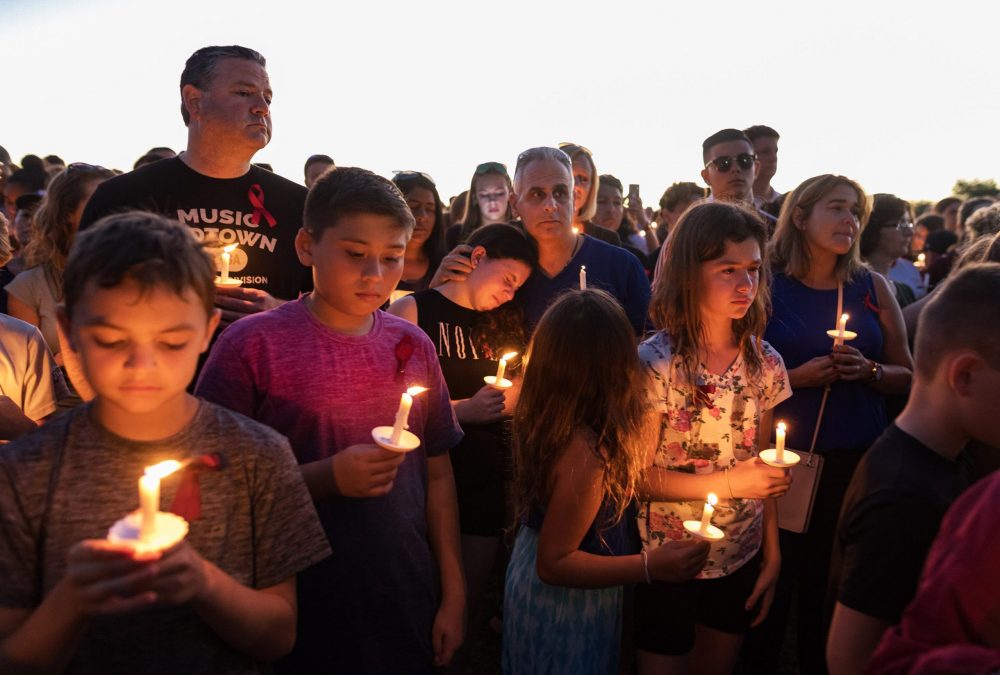America’s Gun Pandemic Threatens Us All
Today is my birthday, I lead with this because if I died today, even though I would like to have another 10 or 20 or even 30 more years, living as long as my grandmother, to accomplish the work I still want to do, I would have already led a very full life. I’ve traveled. I’ve lived in different places. I’ve taught college. I spent several years in the domestic Peace Corps. I’ve been an LGBT rights activist, an AIDS activist, a disability rights activist.
I’ve taught in prisons. I’ve taught literacy classes. I’ve taught pregnant teens in a special program. I’ve taught writing at an elite college. I’ve published more than 20 books, five of which have won awards. I’ve started a small press to publish books by LGBT writers and writers of color.
I’ve had a long career as a journalist, for which I have been recognized with numerous awards and for which I have been nominated for the Pulitzer Prize several times. If I died today, I would have led a full and accomplished life of which I could be proud and for which I am so grateful.
I have loved and been loved and I could die at peace, even though it would be well before my time.
I say all this in part because birthdays make one contemplative and a recounting is always good–it makes one think about how one is spending one’s life. But I say it more because for the past week I have been thinking of all that the victims of the mass shooting in Parkland, Florida at the Marjory Stoneman Douglas High School never were able to do and now will never do. The environmentalist for whom their school was named herself lived to be 108.
I am thinking of the students, aged 14 through 17, who had barely begun their lives before they were shot and killed allegedly by Nikolas Cruz, 19, on Valentine’s Day. Several of the victims were seniors–they were already slated to go on to college, to further what were promising high school scholastic careers with college careers.
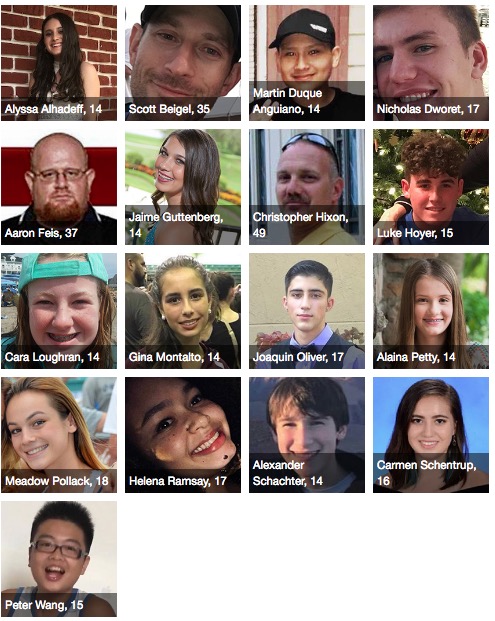
I am thinking of the students who had lived their child lives so fully already, but were just in the first bloom of those lives. All were deeply loved by their families, but some had yet to fall in love themselves. And of course none of them had known the joy of starting their own families, living their own adult lives.
I am thinking also of the students of Sandy Hook. The 20 five and six year old students who were killed on December 14, 2012. Those first graders had barely had the chance to do more than light up their parents’ lives.
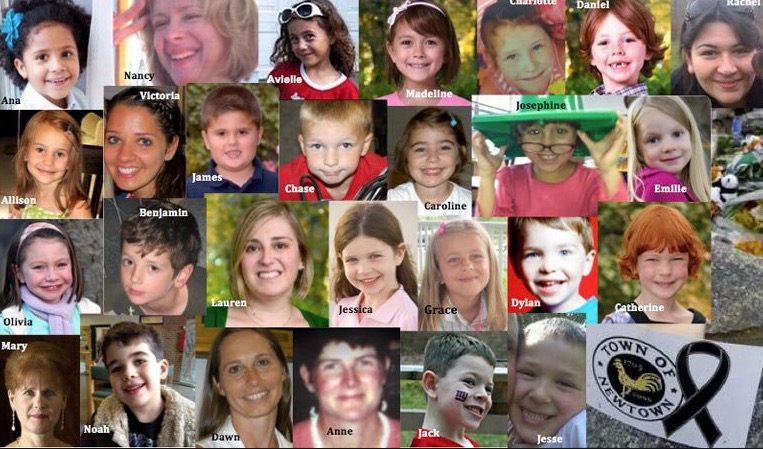 Source: Twitter
Source: Twitter
Between the school shooting at Sandy Hook and the one at Stoneman Douglas exactly five years and two months later, there have been at least 239 school shootings in which 438 people were shot. Since December we have been inundated with stories on the national news about children who have died from this year’s severe flu epidemic. Several dozen children, their young faces staring out from our TV screens. Every night, the same urgent plea: get a flu shot. Take your child to the ER if they can’t breathe or their symptoms get worse or their fever lasts for more than a day or two.
Warnings to save the lives of children from the flu.
Yet every day in America children are shot and there is no public health warning, no national news alert, no sharing of photos of sweet young faces of children whose lives have been snuffed out by guns. In June 2017, the medical journal Pediatrics published a study about gun violence and children under 18 in America. The 14 kids who were killed at Stoneman Douglas were not, alas, an anomaly. Every day 19 kids under 18 are shot in America.
Every. Day.
It’s headline news when a couple dozen children die from the flu over two months’ time, but we are so inured to gun violence in America that when 19 kids a day are shot there are no headlines.
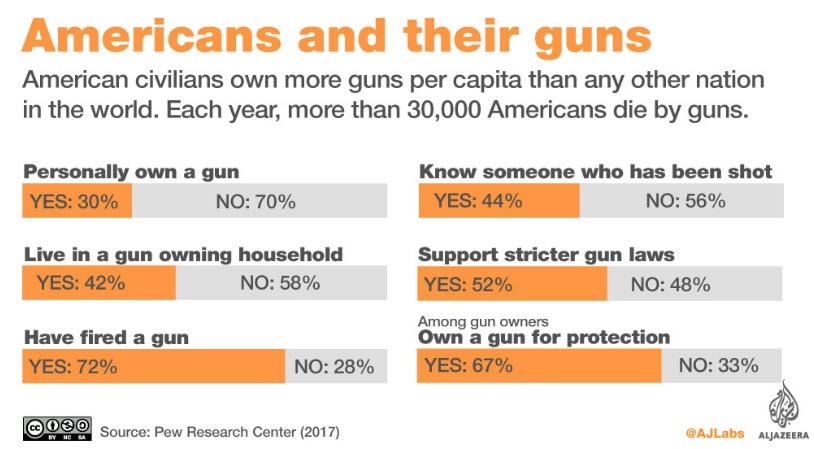
How did we get here? According to the Centers for Disease Control (CDC), gun violence is a pandemic. When AIDS was a pandemic, I was in the streets every week, getting arrested with other gay and lesbian activists until something was done. According to the CDC study reported in June 2017, between 2012, the year of the Sandy Hook massacre, and 2014, 7,100 children under the age of 18 were shot each year. An average of 1,300 died of their injuries in a typical year. That’s 19 children shot every day in America and four dying.
“Firearm-related deaths are the third leading cause of death overall among US children aged 1 to 17 years,” the CDC report states, “surpassing the number of deaths from pediatric congenital anomalies, heart disease, influenza and/or pneumonia, chronic lower respiratory disease, and cerebrovascular causes.”
One to 17 years. Babies. Toddlers. Elementary and middle school kids. Teenagers. Shot. Of those, there’s another statistic: 9 of 10 kids shot are between the ages of 12 and 17. The ages when kids who have access to guns use them. Often on each other. The CDC study is succinct: When the youngest kids get shot it’s at home and the person doing the shooting is an adult–a parent or guardian. Teens and tweens are mostly shot in public places–streets, alleyways and of course, schools–by either their peers or older teens.
This gun violence is nearly always intentional. Very few shootings of kids are accidental. There are also suicides. Guns are the most common option for suicides in all age groups and all genders. According to the CDC study, “Of the children killed in gun violence, over half of them are nonwhite. Black students specifically are 10 times as likely as white students to be a victim of gun homicide.” Gun violence also has a gender: eight in ten child victims of gun violence are boys.
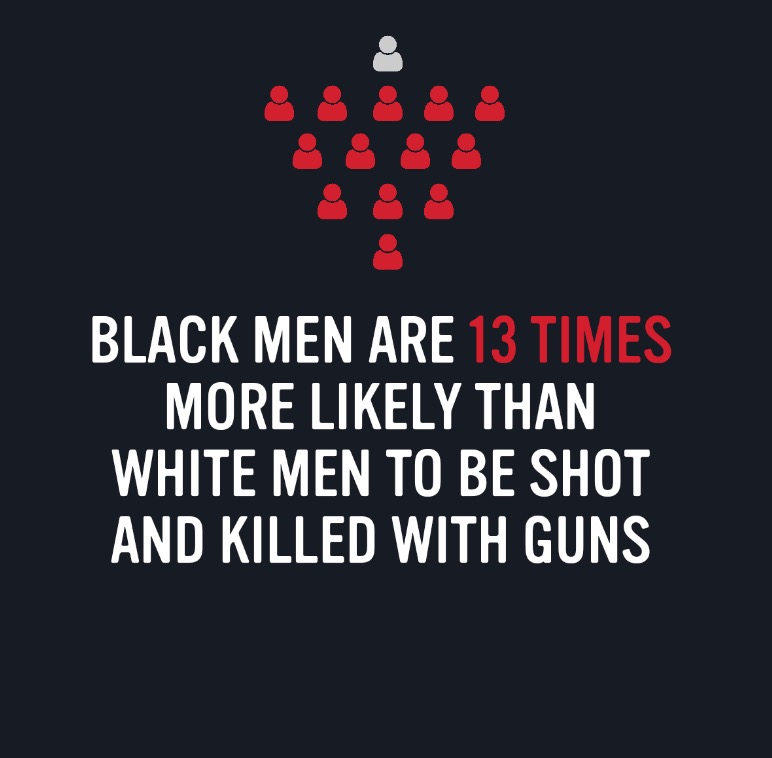 Source: Everytown Research
Source: Everytown Research
Where are the headlines? Where are the alerts, the alarms, the warnings? In the week before the Parkland shooting, America was on the cusp of discussing guns in a different context: domestic violence. Within three days, five police officers had been shot and two killed while answering two domestic violence calls. Five women were also shot and four killed in those incidents in Westerville, Ohio on Feb. 10 and Feb. 13 in Detroit, Michigan.
Four police officers were shot in a domestic violence situation in York, South Carolina January 16 and one died of his injuries. On Feb. 21, a police officer was shot and killed responding to a domestic violence attack in a suburb of Baltimore, Maryland, leaving his four children fatherless. The woman who was attacked by her estranged husband had, like most of the women killed in domestic violence incidents, an order of protection against her abuser which the officer was there to enforce. The estranged husband was killed by police.
Domestic violence calls are the most deadly for police officers. More officers were shot and killed in 2017 after they responded to domestic disturbances than were shot in the line of duty in any other circumstance, according to data from the National Law Enforcement Officers Memorial Fund. The link between domestic violence and gun violence is inextricable. Every mass shooter in recent U.S. history has had a history of domestic violence, including alleged Parkland shooter Nikolas Cruz, Sandy Hook shooter Adam Lanza and Omar Mateen, the shooter in the massacre at a gay nightclub in Orlando, Florida. The Pulse shooting on June 12, 2016 killed 49 people and wounded 58 others. Mateen was also killed by police.

According to the gun data research group EverytownResearch.org, guns put women in tremendous danger every day. Women are more likely to be shot on the job than men and women are more likely to be shot in the home. A woman is five times more likely to be killed in a domestic violence situation when a gun is present. Women in the U.S. are 16 times more likely to be killed with a gun than women in other countries. In the past 25 years, more women have been killed by guns than by all other weapons combined. Nearly one million women alive today have been shot at by a spouse or intimate partner and 4.5 million have been threatened with a gun. In 54 percent of mass shootings between 2009 and 2016, the shooter killed his wife or intimate partner and/or other family members.
Since the Parkland shooting, student survivors have been organizing against this pandemic of gun violence. They have been on TV and radio, on social media and traveled to Tallahassee, the Florida state capital, to address lawmakers. On Feb. 21 a group of parents of victims of the Parkland and Sandy Hook shootings as well as some of the student survivors of the Parkland shooting met with President Trump to discuss gun violence.
While Trump was unusually respectful and subdued during the highly emotional meeting with the president, the answers suggested at the end of that meeting were largely disappointing. Although Trump did suggest more stringent background checks, it was suggested that teachers be armed in classrooms, promoting the “good guy [though the majority of K through 12 teachers are female] with a gun can stop a bad guy with a gun” theory that has been disproved time and again.
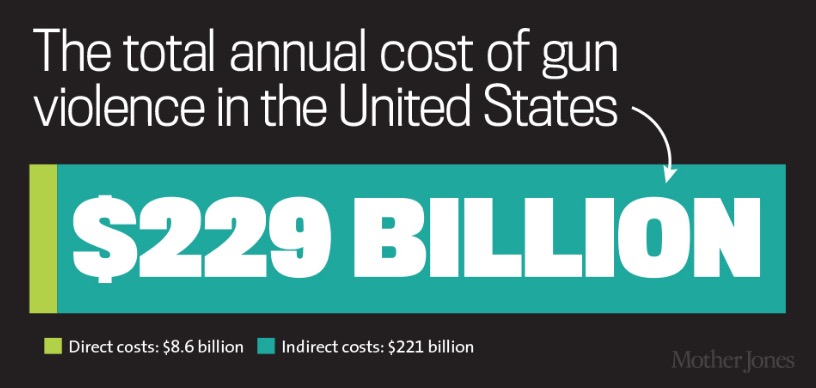
In every instance of school shooters, the shooter is a current or former student with a history of either acting out or actual violence. How hard would it be for one of those students to overpower the teacher with a gun and then turn it on fellow students? And how exactly is a teacher supposed to take down an active shooter? Few trained police officers are able to shoot a suspect in that kind of chaotic circumstance.
Having taught in some difficult classrooms in the past with young students who had behavioral issues, were volatile and some of whom had violent histories, I would not have wanted to test my chances of winning with one or more of them in a fracas involving guns. One necessity seems to be removing the gun lobby from our state legislatures and Congress. The money poured into lawmakers by gun lobbyists, most notably the National Rifle Association (NRA).
Everytown for Gun Safety and Moms Demand Action for Gun Sense in America spent $230,000 on a two-page ad that ran in the New York Times on Feb. 21 naming 100 names of lawmakers who take money from the NRA and other lobbyists to promote guns and protect gun rights.
Here’s the 2 page, $230,000 Everytown ad running in the New York Times tomorrow, listing phone numbers of members of Congress to call: https://t.co/nSKXhHnrqt pic.twitter.com/VLbJG7dPTq
— Edward-Isaac Dovere (@IsaacDovere) February 21, 2018
A March 24 event called “March for Our Lives” is also being organized by the Parkland students who on Feb. 20 filed for a permit for the National Mall in Washington, D.C. And estimated 500,000 to one million protestors is expected. Prominent anti-gun celebrities have made large contributions for the march, which, like the Women’s March, will also fan out across the country. George and Amal Clooney, Oprah, Steven Spielberg and others have all contributed $500,000 each.
George and Amal, I couldn’t agree with you more. I am joining forces with you and will match your $500,000 donation to ‘March For Our Lives.’ These inspiring young people remind me of the Freedom Riders of the 60s who also said we’ve had ENOUGH and our voices will be heard.
— Oprah Winfrey (@Oprah) February 20, 2018
But it will be the students of Parkland and beyond who fuel this fight, the teenagers like Emma Gonzalez and David Hogg who have been the most vocal of the survivors and who have organized the March for Our Lives and gotten in front of the cameras so their story doesn’t disappear out of the news cycle like so many others have–like Pulse, like the Las Vegas shooting on Oct. 1, 2017 in which 600 people–SIX HUNDRED–were shot within nine minutes with the same kind of gun that had killed the little children at Sandy Hook, the lesbians and gay men at Pulse, the men, women and children at a concert in Las Vegas.
It will be the student organizers who faced down death and have spent the past week burying their friends while trying to get lawmakers to pay attention to the facts of gun violence that nearly took their lives as well who change the conversation on guns in this country.
Marjory Stoneman Douglas student Alfonso Calderon said, “Trust me. I understand. I was in a closet, locked for 4 hours with people who I would consider almost family, crying and weeping on me, begging for their lives. I understand what it is like to text my parents goodbye.” Another student, Sarah Chadwick, told the press, “Never again should a child be afraid to go to school. Never again should students have to protest for their lives.” The burden shouldn’t be on these student survivors, but their voices are the voices we need to hear now. The young women and men whose lives are at risk on their way to school and in their classrooms because lawmakers are so dependent on NRA money they can’t see that America’s kids are more important than America’s guns.
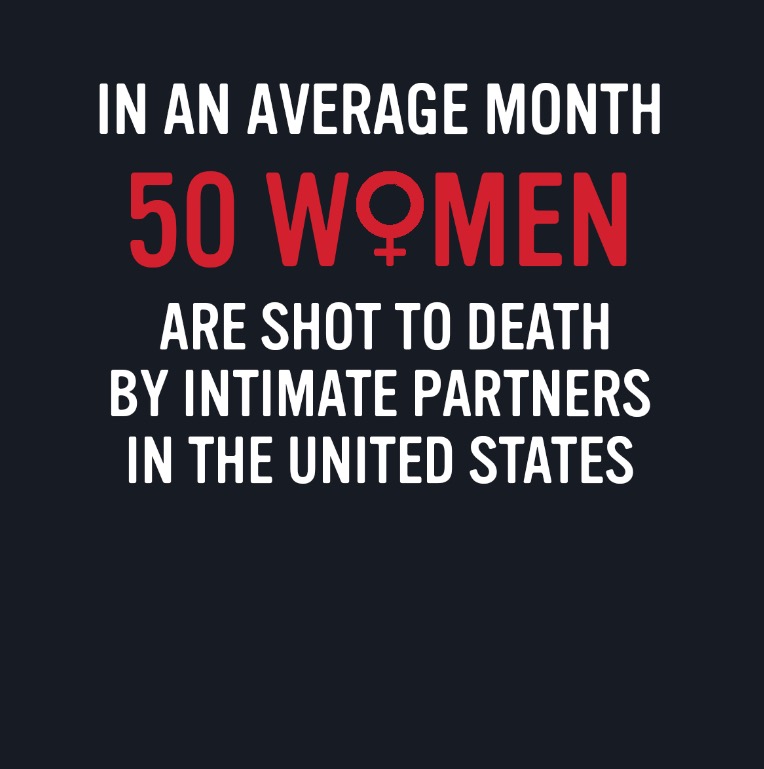
It’s my birthday. I’ve loved my life so much–the bad as well as the good. When I think of everything I would have missed had I been shot to death at 14, 15, 16, 17, I want to rage for these dead kids and their parents–parents who are my age, who would have traded their lives for those of their children, as would any parent, as would any adult.
It’s my birthday. Like millions of other Americans I’ve been a victim of gun violence, there are bullet holes in my dining room and living room windows. A man was shot while hiding behind my car last summer. Another man was shot in front of our house the year before. A neighbor’s son committed suicide by shooting himself to death in the yard next to mine.
This violence seeps into every bit of our lives.
It has to stop. I hope the student survivors from Parkland can do what hasn’t been done in my or their parents’ lifetimes. I hope we can at least control some of this violence, end some of the killing. When they hold the March for Our Lives on March 24, I will be there, my family will be there, my nieces and nephews–high school students themselves–will be there.
I hope you will be there, also. Because as Sarah Chadwick said, no student should ever have to protest just to stay alive again.
